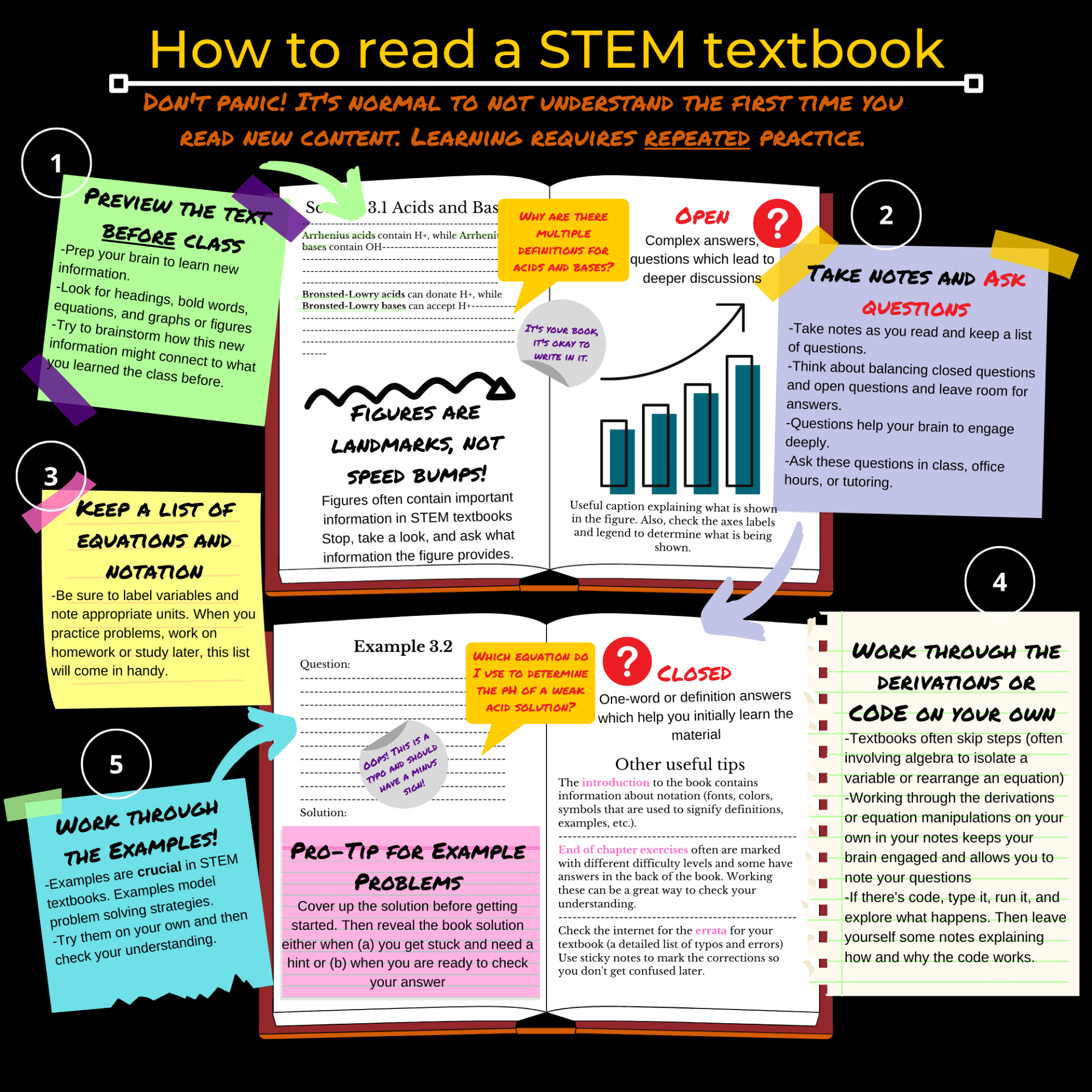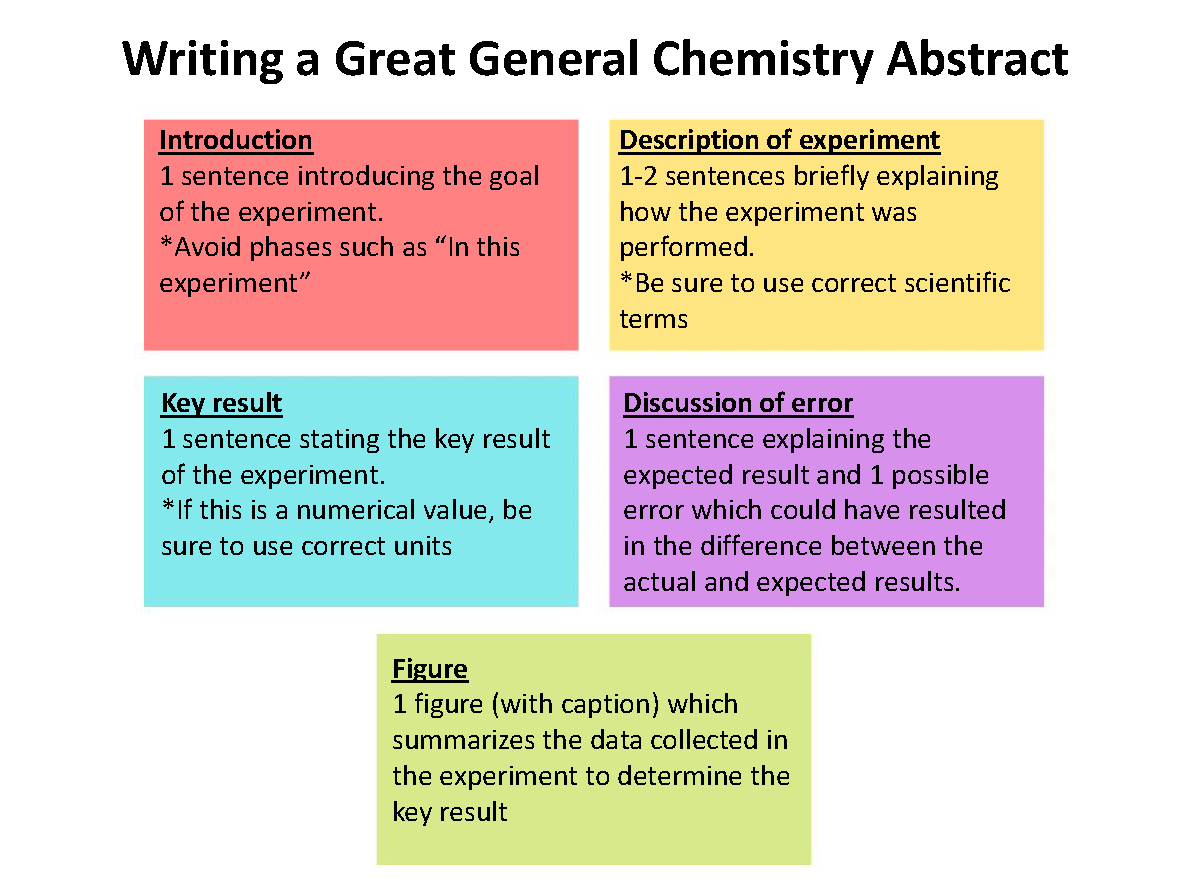Who is a scientist or a mathematician? Who are scientists/mathematicians as humans? There are so many more scientists and mathematicians in the world than just the small number whose names make it into your textbook. I often enjoy learning the stories of other scientists and mathematicians both their professional contributions but also their human stories. It helps me remember that every one of us has a story and that math and science are a journey.
One podcast that I enjoy finding such stories on is NPR’s Short Wave. Each episode is about 15 minutes long. Below are a few of my current favorite episodes from Short Wave. I’ll try to keep this list updated.
Another great Podcast for telling stories of mathematicians and scientists is Story Collider. If you use the link to get to their website, you can filter their stories by category. Also, if you access the podcast through the website, you can find full transcripts of each episode.
Additionally, here’s a Planet Money discussing Computer Science and the gender shift. Did you know that historically Computer Science was a more female dominated discipline? However, in the mid-1980’s there were a huge shift and the percentage of women in computer science dropped dramatically! The first podcast talks about the shift in the 1980’s and the second two articles are about the historical women who contributed to computer science in the early days:
A Secret History: Female Computing
When Computer Coding Was a Woman’s Job (History Channel)
If you have a go-to Podcast, TED talk, or YouTube video/channel for STEM motivation and STEM stories, please use the contact us form below to let me know and I will add it to this post.







